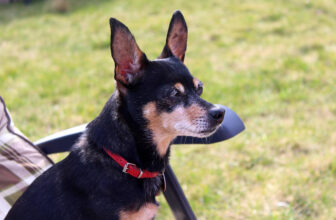
Check out our latest products
Shutterstock
Dogs may be our best friends, but they still surprise us even after thousands of years together. Behind their wagging tails, floppy ears, and soulful eyes lies a complex world of instincts, quirks, and fascinating behaviors. From their mysterious habits to surprisingly sharp emotional intelligence, dogs are far from simple companions. Every day, they reveal new layers of personality and skill that keep us guessing. If you thought you had your canine buddy all figured out, get ready for a few eye-openers.
Dogs Can Smell Your Emotions
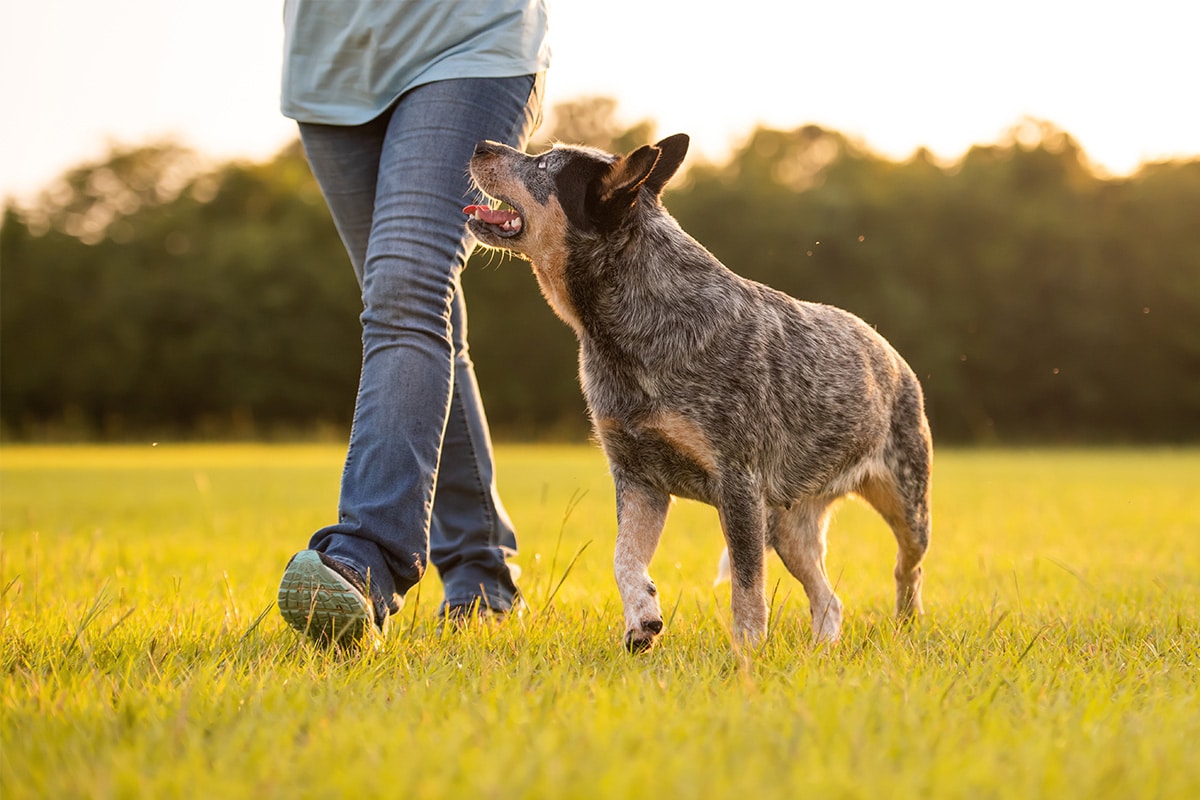
Shutterstock
Dogs don’t just guess how you’re feeling based on your body language—they can smell your emotions. Studies show that dogs can detect chemical changes in human sweat and breath associated with feelings like fear, happiness, and stress. When you’re scared, your dog may become more alert or protective; when you’re happy, they’ll mirror that excitement. Their noses are so sensitive that they can pick up on subtle shifts long before you say a word. You can’t fake a good mood around a dog—they’ll sniff out the truth.
Tail Wagging Is Not Always a Sign of Happiness
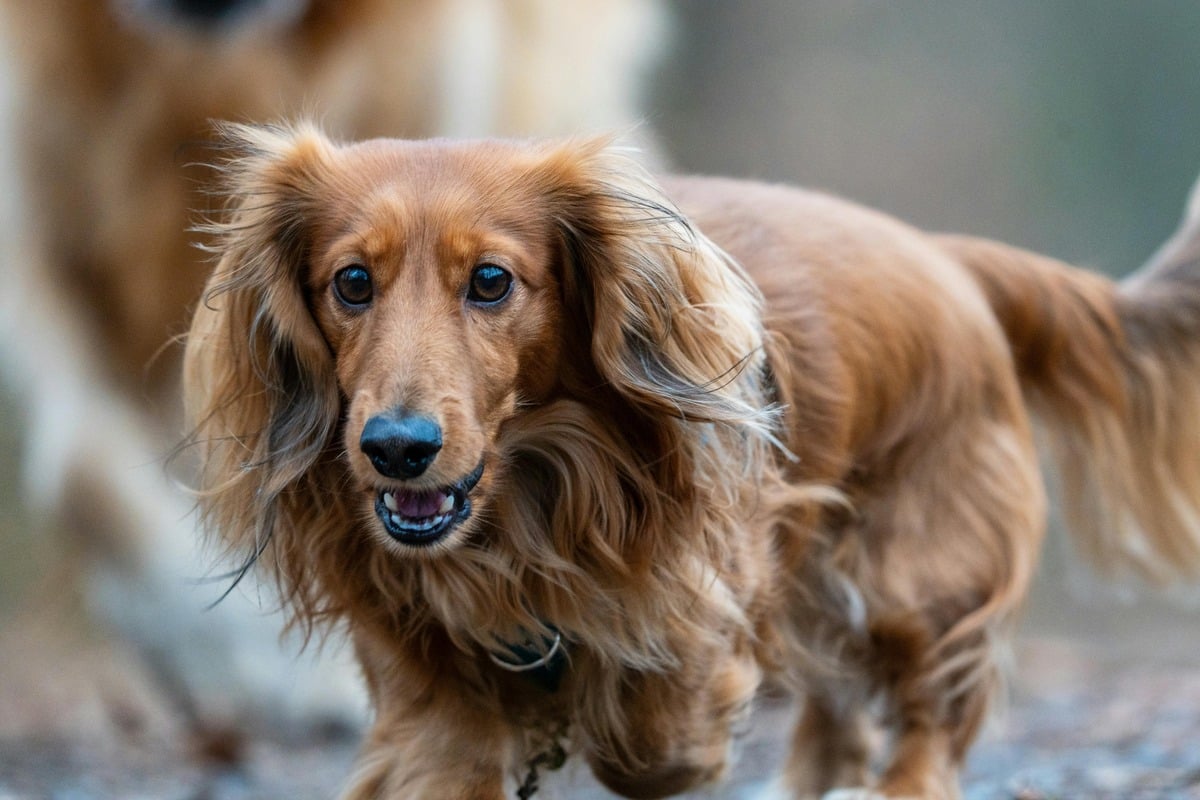
Shutterstock
While it’s easy to assume that a wagging tail equals a happy dog, the truth is much more nuanced. Tail wagging can signal a variety of emotions, including excitement, nervousness, or even agitation. The position, speed, and direction of the wag all matter. A relaxed, wide wag usually means happiness, while a stiff, rapid wag held high might be a warning. In short, tail wagging is more like a canine Morse code—and if you don’t speak the language, you might misread the message entirely.
Dogs Dream Just Like Humans

Shutterstock
That twitching, whimpering, or “running” in their sleep? It’s not random—it’s your dog dreaming. Research suggests that dogs go through sleep cycles similar to humans, including Rapid Eye Movement (REM) periods where dreaming occurs. Puppies and senior dogs tend to dream more frequently, likely because their brains process information. What are they dreaming about? Scientists believe it’s probably their daily activities—like chasing squirrels, fetching balls, or plotting how to steal your dinner when you’re not looking.
Yawning Is Contagious Between Dogs and Humans
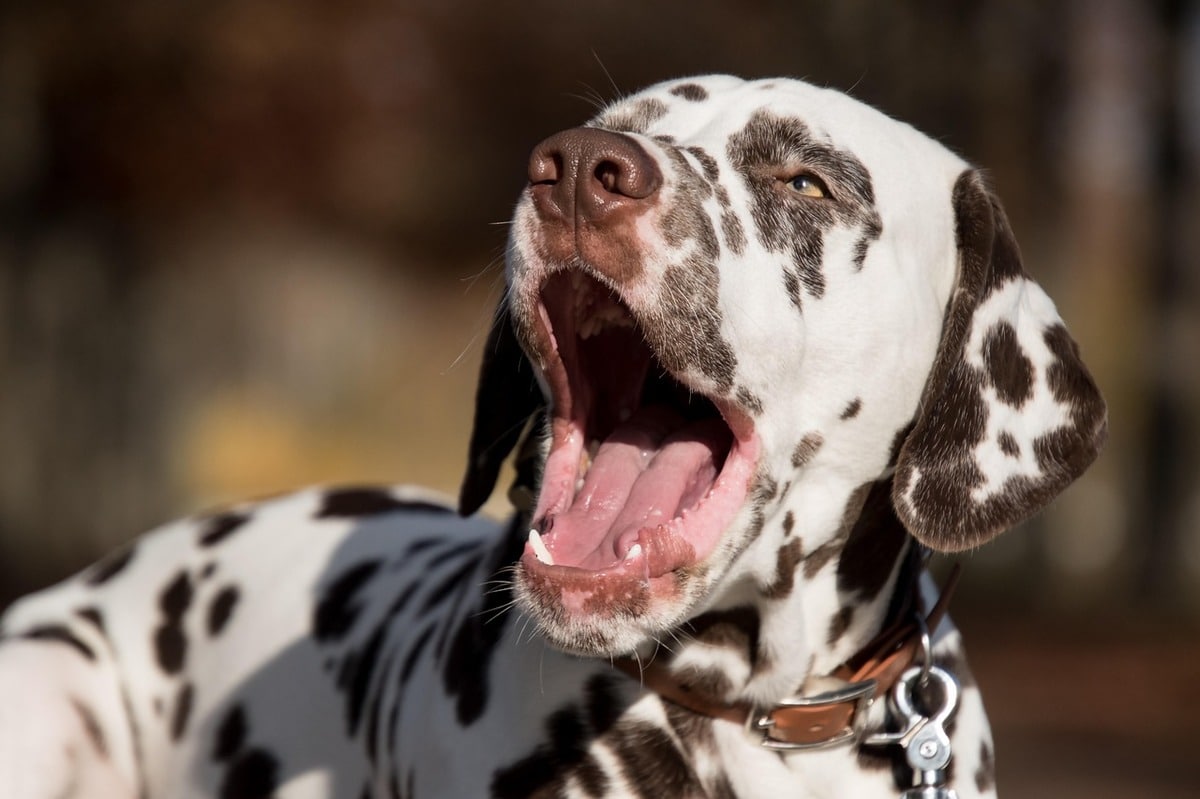
Shutterstock
Yawning is famously contagious among humans, but dogs catch yawns from us too. Studies show that when a dog sees their owner yawn, they are also more likely to yawn—a phenomenon linked to empathy. This behavior indicates that dogs are deeply attuned to their human companions’ emotions and experiences. So if you catch your dog yawning after you do, don’t take it personally. They’re not bored with your company—they’re just bonding with you on a sleepy emotional level.
Dogs Understand Fairness
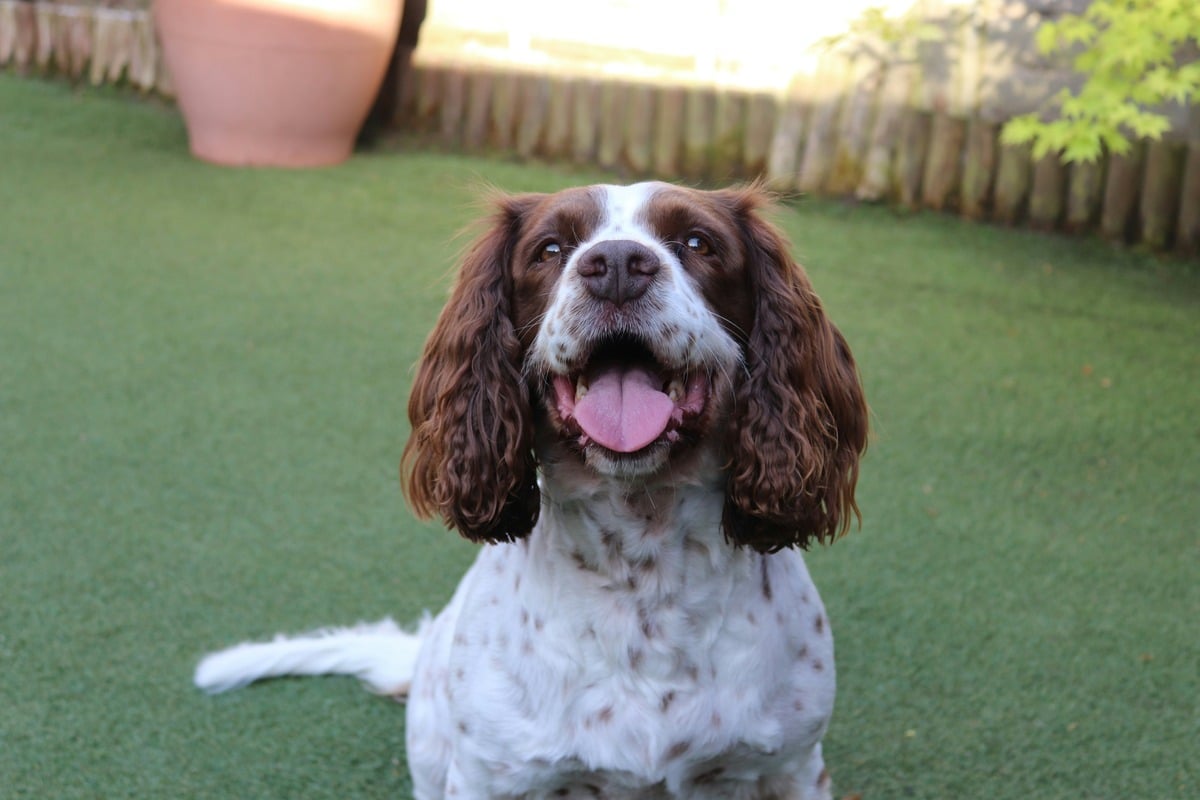
Shutterstock
If you think dogs don’t notice when you hand out treats unevenly, think again. Dogs have a strong sense of fairness and will react if they feel shortchanged compared to another dog. Experiments have shown that when one dog gets a treat and the other gets nothing for the same task, the overlooked dog becomes noticeably upset, even refusing to continue working. They might not demand a written contract, but dogs expect equal pay for equal effort.
Your Dog Might Be Right- or Left-Pawed
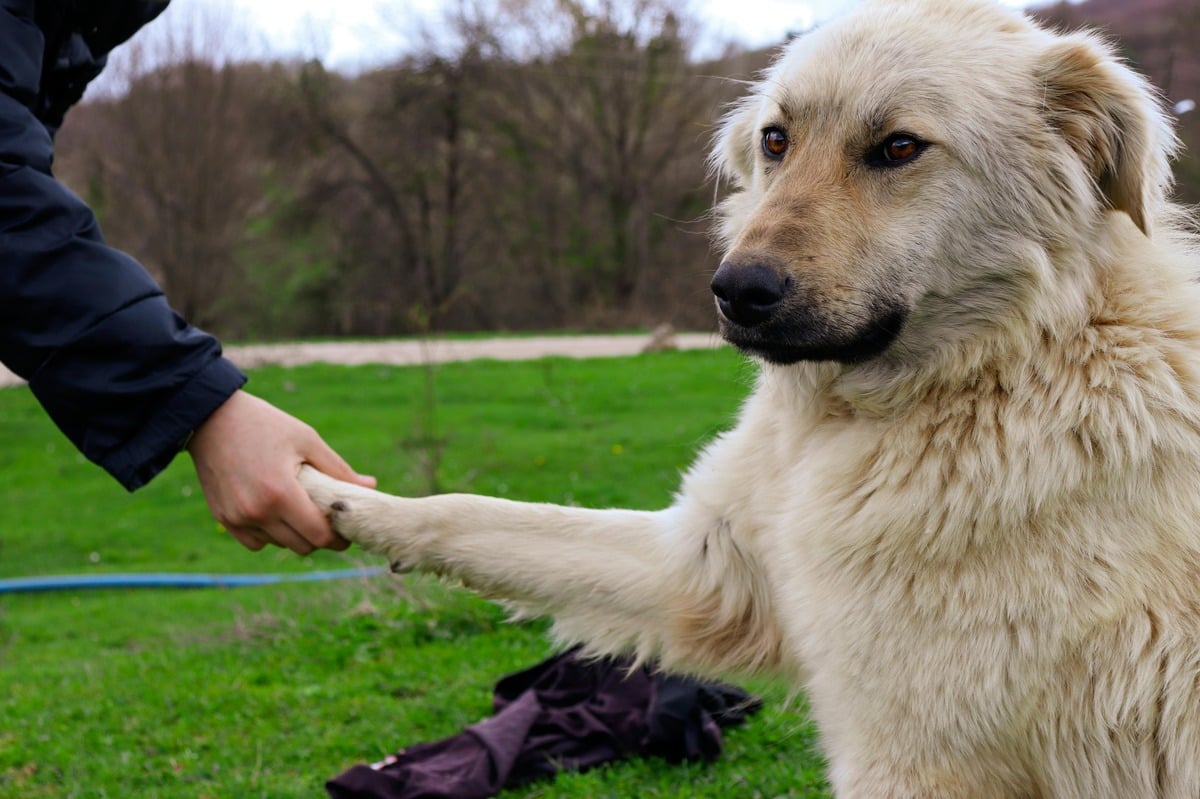
Shutterstock
Like humans are right- or left-handed, dogs can favor one paw over another. You can often tell by observing which paw they lead with when stepping forward or which one they use to steady a toy. Interestingly, studies have shown that right-pawed dogs tend to be more optimistic and better at coping with stress, while left-pawed dogs can be a little more cautious or reactive. So next time your dog high-fives you, take note—you’re getting a glimpse into their personality quirks.
Dogs Use Their Whiskers for Navigation

Shutterstock
Those adorable whiskers on your dog’s muzzle aren’t just decorative but essential navigation tools. Whiskers are packed with nerve endings that help dogs detect changes in air currents, objects in the dark, and the proximity of nearby surfaces. This sensitivity is especially helpful for nighttime movement or maneuvering through tight spaces. Whiskers are built-in radar systems, helping dogs navigate their world even when their eyes aren’t giving them the full picture.
Play Behavior Is a Survival Skill

Shutterstock
A game of tug-of-war or fetch looks harmless fun, but dog play has serious evolutionary roots. Play behavior mimics real-world survival skills like hunting, fighting, and problem-solving. Through play, puppies learn how to control their bite strength, practice stalking, and sharpen their social cues. Even adult dogs continue to play to keep their skills sharp. So next time your dog drops a slobbery rope toy at your feet, realize you’re part of a much bigger training session that dates back thousands of years.
Dogs Understand Human Pointing Better Than Chimps

Shutterstock
It might not seem like much when your dog follows your finger to a ball or treat, but this ability sets them apart from most other animals, including our close relatives, chimpanzees. Studies show that dogs naturally understand human pointing gestures without formal training, something even chimps often struggle with. This shows how closely dogs have evolved alongside humans, developing communication skills explicitly tuned to us. Your dog is reading you like an open book—and probably wondering why you’re pointing instead of just giving them the treat already.
Dogs Can Tell Time (Sort Of)
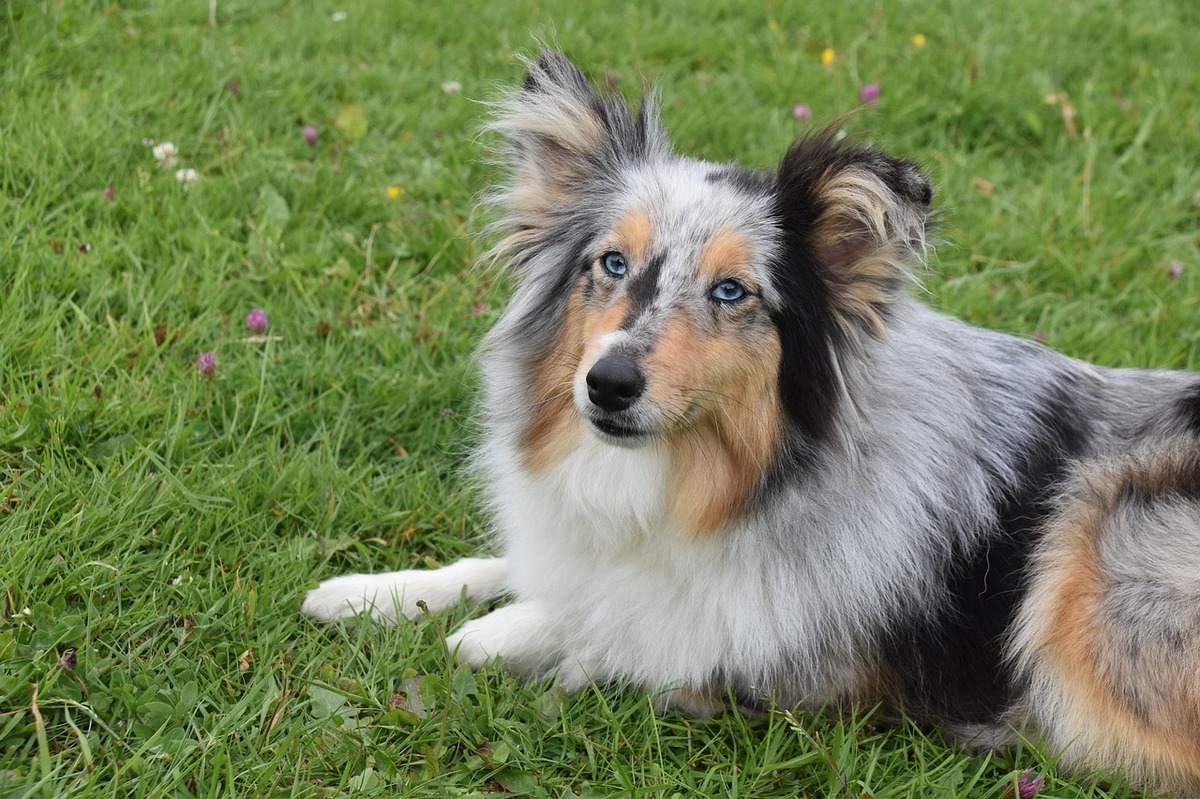
Shutterstock
Dogs might not read clocks, but they understand time passing. Research suggests they use environmental cues—like light changes, scent changes, or internal biological rhythms—to track daily routines. That’s why your dog knows exactly when it’s time for dinner, a walk, or your return home. Some experts believe dogs can even detect how long you’ve been gone based on the strength of your scent in the house. So yes, when they act like you’ve abandoned them after a 10-minute errand, they notice—and they’re not shy about letting you know.
Dogs Can Get Jealous

Shutterstock
Dogs don’t just love their owners—they can get jealous of them, too. Studies show that dogs will exhibit jealous behaviors, like pushing between their human and another animal (or even an object like a stuffed toy), when they feel left out. This emotional response suggests dogs have a basic understanding of social relationships and rivalry. So if you thought your dog just wanted to sit on your lap for comfort, think again—they might also be quietly making sure nobody else dares to steal their favorite human.
The Sneaky Geniuses Sleeping on Your Couch

Shutterstock
When you think you’ve got your dog all figured out, they turn around and show you another surprising skill, quirk, or emotional superpower. Behind those puppy-dog eyes is a brilliant, complex creature wired for empathy, fairness, sneak attacks on your leftovers, and a deep bond that has been thousands of years in the making. One minute they’re chasing their own tail; the next, they’re reading your mind like tiny, furry psychologists. We should probably start being a little more afraid—they’re plotting world domination, and it will involve belly rubs.







![[5G & 2.4G] 2K Indoor Security Camera for Home Security, AI Voice Change for 2-Way Talk, Motion Detection, Night Vision, 24/7 SD Recording/Cloud Storage, WiFi Home Camera, Pet Cam with Phone App](https://i3.wp.com/m.media-amazon.com/images/I/61I2U+sTT3L._AC_SL1500_.jpg?w=300&resize=300,300&ssl=1)




